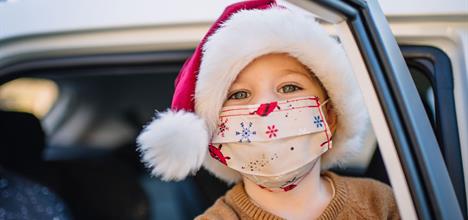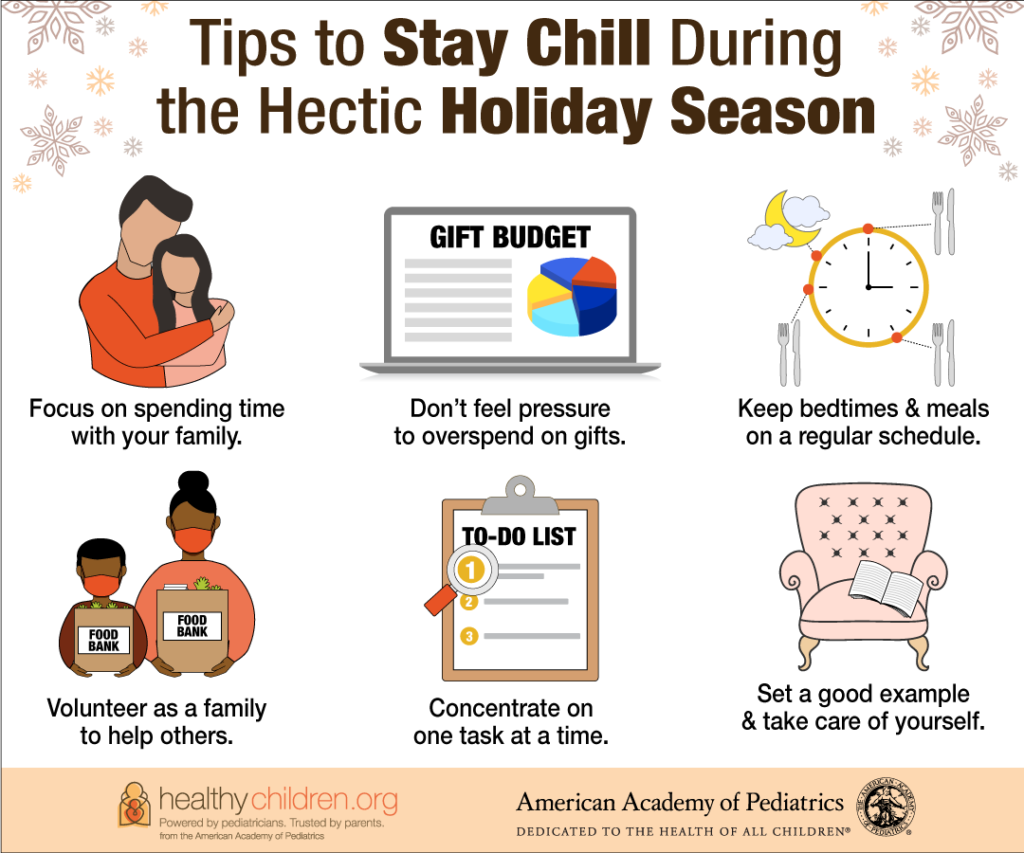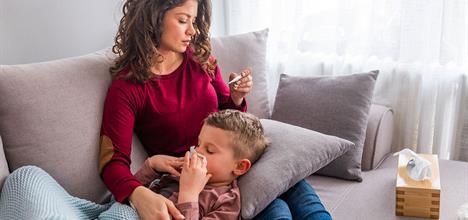
Source: American Academy of Pediatrics
This holiday season, you (and many other parents) may be facing the same difficult decision: whether or not to travel to see your loved ones. Even without a pandemic, holiday travel with children can often be a stressful ordeal. But during COVID, traveling has even more demands to keep everyone safe.
We know that travel, both by air and road, can lead to COVID-19 exposures. So, your first step is to decide if traveling is worth the risk. Keeping your little ones masked and socially distanced may not be feasible, especially with air travel.
Also, think about the people you will be traveling with or visiting. If it includes grandparents or people with certain health conditions that put them at higher risk of severe illness with COVID-19, the risks likely outweigh the benefits. With rapidly rising numbers of COVID-19 infections, it’s not surprising that the Centers for Disease Control and Prevention (CDC) has recently released an official recommendation calling for people to stay home and avoid travel this holiday season.
While difficult, cancelling travel plans this holiday season really is the best way to protect your family and others from the COVID-19 virus.
However, if you do decide to travel, here are some important tips that will help reduce some of the risks you’ll face.
- Have your family get their flu shot. Last year, we saw a record number of children from ages 0-4 years that needed to be hospitalized because of the flu. Getting a flu shot at least 2 weeks before travel will help protect you from the flu.
- Try to travel by car if possible. While the airline industry has taken amazing steps in helping to lower the risk of COVID-19 transmission (HEPA air filters, air exchange, electrostatic spraying), traveling by car will limit your contact with the public. In addition, the road trip experience can be a great way for older children to see new places. During any rest stops, remember to wear a cloth face covering or mask and wash hands with soap and water for 20 seconds. Also, consider packing your own food and snacks.
- If you must fly: Try to look for direct flights that will limit the need to change planes and walk through busy airports. In addition, the shorter the flight the better as longer flights will increase your likelihood of infection. Keep your mask on for the entire flight and consider opting out of meals. Don’t forget to bring disinfectant wipes to sanitize all the high-touch areas.
- Pack extra masks and hand sanitizers. Along with toothbrushes, diapers, and the portable crib, be sure to tote along those important pandemic essentials. Pack at least two masks per child in case one is lost or being washed after use. When packing hand sanitizer, include a small dispenser that can be stored in a purse or backpack as well as a larger container for refills. Ensure that the hand sanitizer contains at least 60% alcohol for effectiveness.
- Check state and local requirements for quarantine rules for travel–for where you live and for your destination. Since your family (including children) may have been exposed to the virus and become contagious, the CDC advises limiting non-essential activities for 10 days after your trip. If there are people in the household who didn’t travel with you, it’s also a good idea for everyone to wear masks in your home’s shared spaces during that time.
Remember
If anyone in your family tests positive for COVID, has symptoms of COVID, or has been exposed to someone with COVID in the past 14 days, you should cancel your travel plans.
Hopefully limiting travel and following the above tips will ensure everyone has a happy and safe holiday season this year and many more to come.




About The Author: Linda Penitusi
More posts by Linda Penitusi